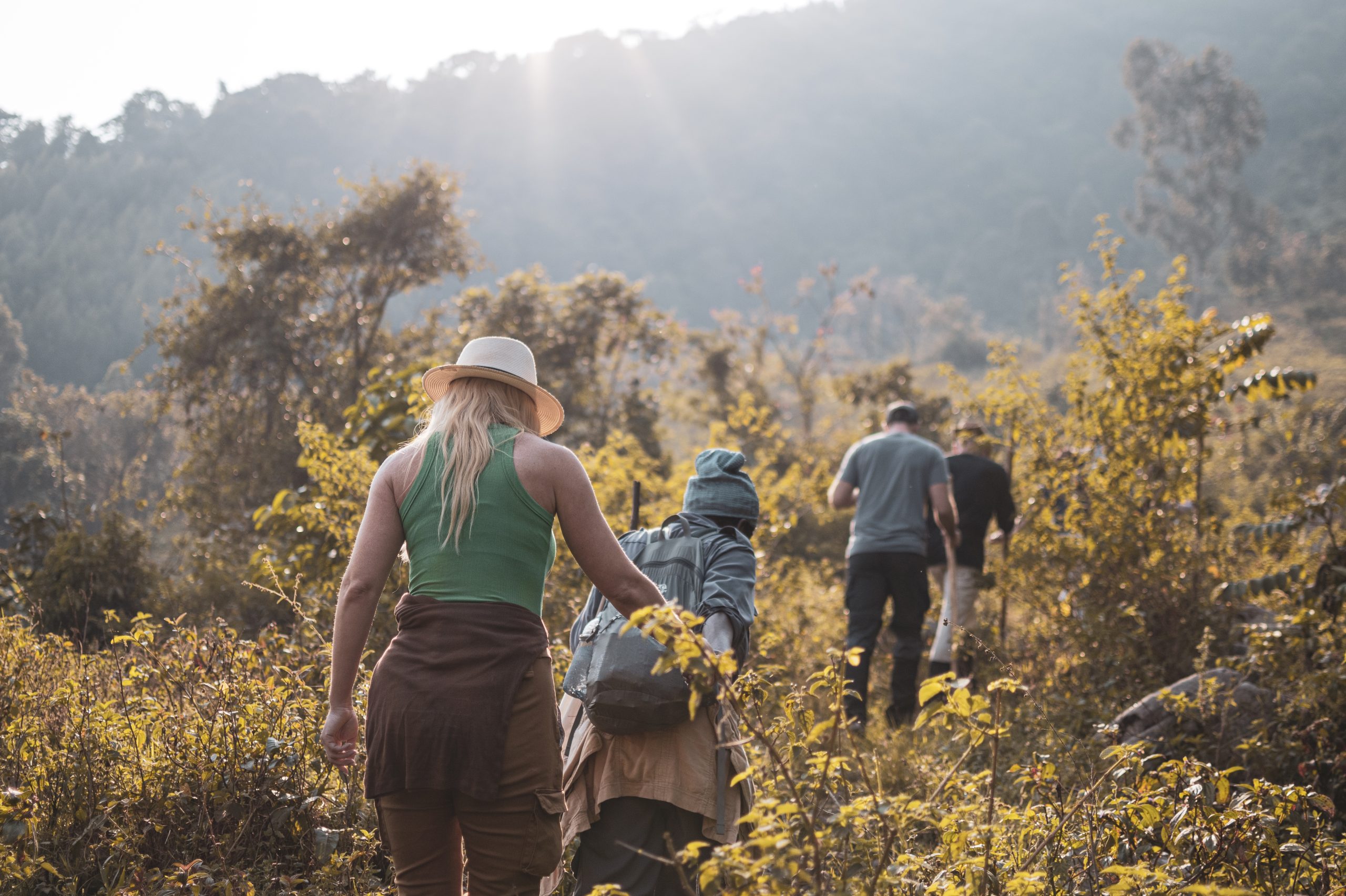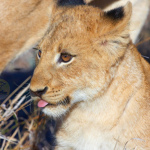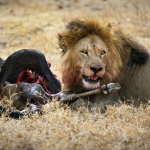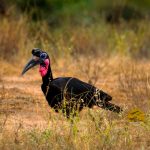WHAT TO PACK FOR YOUR EAST AFRICAN SAFARI
What to Pack for East Africa. A safari or trip planned for East Africa is quite an adventure, and the experience is best enjoyed when well prepared. Each country-from The Pearl of Africa “Uganda“, Land of a Thousand Hills Rwanda, to the vast savannahs of Kenya and Tanzania-will provide unique experiences, and so should your packing list be representative of this fact.
Below is a detailed guide on what to pack for safaris in these remarkable destinations.
WHAT TO BRING WITH YOU FOR UGANDA.
How to Plan for a Safari and What to Pack for Uganda: Before traveling, make sure your vaccinations are current; do not begin a trip without buying comprehensive travel insurance that covers you for medical evacuations. Carry any medication you may need on the tour and first-aid kit with antibiotic, anti-inflammatories, antidiarrheal, antibacterial ointment, antimalarial tablets, rehydration electrolyte sachet, insect spray and repellent, water purification tablets, and bandages.
Packing for a safari in Uganda calls for thought into the climate, activities, and lastly, local conditions. Here is a comprehensive list of what one may want to pack for their safari:
1. Clothing
- Lightweight, breathable, neutral-colored clothes that will enable one to blend with the natural environment.
- Long-sleeved shirts and long pants to protect against insects, thorns, and sun.
- T-shirts, tank tops, and shorts for hotter days.
- Fleece or light jacket for cooler evenings.
- Swimsuit if your accommodation has a pool.
- Wide-brimmed hat or cap to protect from the sun.
- Sturdy hiking boots or comfortable closed-toe shoes to wear on walks.
- Sandals/flip-flops for camp/lodge wear.
2. Outdoor Gear
- Binoculars for viewing wildlife.
- Camera with spare batteries and extra memory cards.
- Portable power bank to recharge electronic devices.
- Flashlight/headlamp with spare batteries for evening activities.
- Sunglasses with UV protection.
- Insect repellent with DEET.
3. Health and Safety
- Essential medications.
- Basic first aid kit.
- Prescribed medications and copies of prescriptions.
- Sunscreen (SPF high)
- Hand sanitizer
- Wet Wipes
- Toiletries – personally relevant.
- Insect repellent skin and clothing.
- Malaria prophylaxis medication (if advised by doctor).
4. Documents and Miscellaneous
- Valid passport with visa (if required).
- Printed copies of travel insurance, accommodation reservations, and emergency contacts.
- A small backpack for day trips.
- Money belt or secure pouch for carrying valuables.
- Local currency and small denominations for tipping.
- Reusable water bottle or hydration pack.
- Guidebooks, maps, and relevant travel information.
5. Optional Items.
- Binoculars for wildlife viewing.
- Field guidebooks for identifying local flora and fauna.
- Notebook and pen for journaling or taking notes.
- Lightweight rain poncho or waterproof jacket.
- Snacks like energy bars and trail mix.
- Travel pillow and earplugs for comfortable rest during long drives.
- Travel adapter and voltage converter for charging devices.
Remember, exactly what you will want/need varies depending on the type of safari you’re going on and the season of year. Always check for special suggestions or needs with the tour operator, or lodge you are using for lodging. Pack sensibly, remembering space is limited in safari vehicles. Also, avoid damaging the environment with less friendly products and practices

WHAT TO PACK FOR RWANDA
Rwanda “The Land of a Thousand Hills” teems with green landscapes and mountain gorillas. The climate is usually temperate but chilly at the altitude. You should focus on comfort and practicality whenever you are packing for Rwanda. What to Pack for East Africa
1. Clothing
- Light, quick-drying clothes for those hot daytime temperatures.
- Long-sleeved shirts and long pants that are extremely necessary to protect one from insects, especially during those gorilla treks out in the wild.
- Waterproof rain jacket-good for rainy conditions, really synonymous with mountainous and forested areas.
- Warm fleece or sweater to counter the upcountry chilly evenings.
- Hiking boots that reach above the ankle for trekking or walking safaris.
- Comfortable, closed-toe shoes for wearing generally.
- Hat or cap to protect you from the sun.
2. Outdoor Gear
- Binoculars to extend your wildlife viewing.
- Camera with adequate storage and extra batteries.
- Portable charger for keeping devices charged.
- Headlamp or flashlight for nighttime.
- Sunglasses with UV protection.
3. Health and Safety
- General first-aid kit with personal medication as required.
- Malaria medication and insect repellent.
- Sunscreen with high SPF.
- Wet wipes and hand sanitizer.
- Personal toiletries and medical prescriptions.
4. Documents and Miscellaneous
- Valid passport and visa.
- Insurance, hotel bookings, and emergency contact details .
- Money pouch for carrying cash.
- Local currency for tipping.
- Daypack with essentials for gorilla trekking.
- Reusable water bottle.
5. Optional Items
- Waterproof pants for gorilla trekking
- Snacks, give a boost of energy for some treks
- Lightweight poncho or rain gear
- Travel adapter for charging electronic devices.
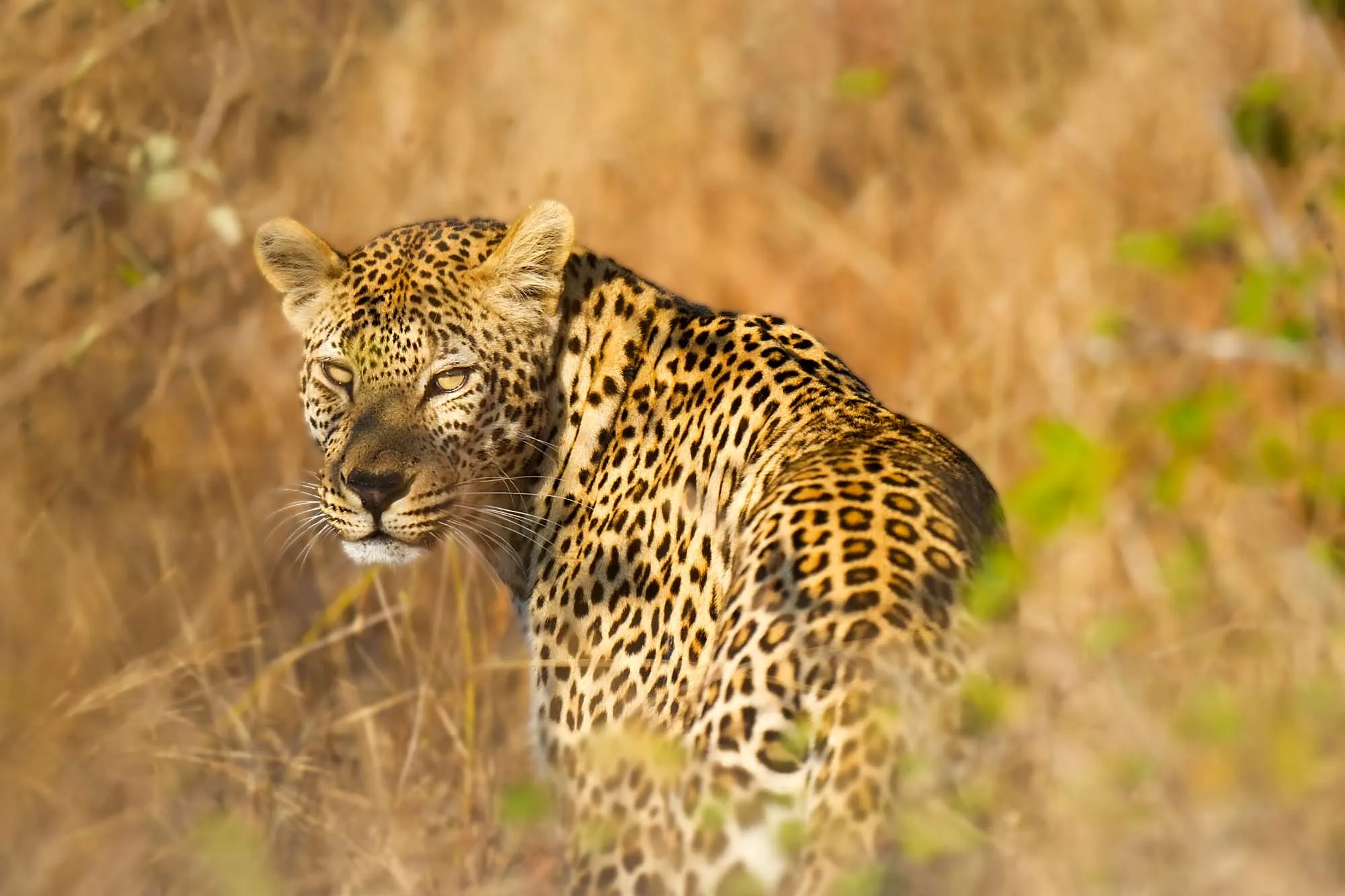
WHAT TO PACK FOR KENYA.
Kenya is a country of sweeping savannahs and teeming wildlife; even so, the place requires thoughtful preparation. Whether one is venturing into the famous Masai Mara or merely soaking in the coastal beauty, it’s important to get ready for both heat and cool nights. Also, make sure your vaccinations are up to date, and pack a first-aid kit that includes pain relievers, anti-inflammatories, antimalarials, and insect repellents.
Here is your packing guide to Kenya: What to Pack for East Africa
1. Clothing
- Lightweight items in neutral colors will keep you cool while you’re on game drives, in the heat.
- Longer-sleeved shirts and pant protection from the sun or mosquitoes.
- T-shirts, tank tops, and shorts if really warm.
- Fleece or jacket for cooler evening temperatures – usually in the Highlands.
- Comfortable hiking shoes or boots with good traction for walking safaris
- Sandals or flip-flops to wear around at the lodge
- Swimsuit for enjoying the pool or coast.
2. Outdoor Gear
- Binoculars for wildlife viewing
- Camera for capturing those great moments with extra memory cards.
- Power bank for your devices.
- Flashlight or headlamp in case you are staying in camps or lodges.
- Sunglasses with UV protection..
3. Medication and Safety
- Malaria prophylaxis and insect repellent
- First-aid kit-carry prescribed medications.
- High factor sun screen
- Hand sanitizer and wet wipes
- Personal toiletries.
4. Travel Documents and Miscellaneous
- Passport with valid visa.
- Copies of insurance, bookings, etc.
- Money belt or pouch to keep valuables.
- Small denominations in local currencies for tips
- Day pack with water and other things useful during excursions
- Water bottle-refill again.
5. Optional Items
- Traveling pillow and earplugs for comfort during long drives
- Snacks and energy bars.
- Waterproof jacket or rain poncho.
- Field guide about animal or bird identification.
- Adapter for Electric gadget charging.
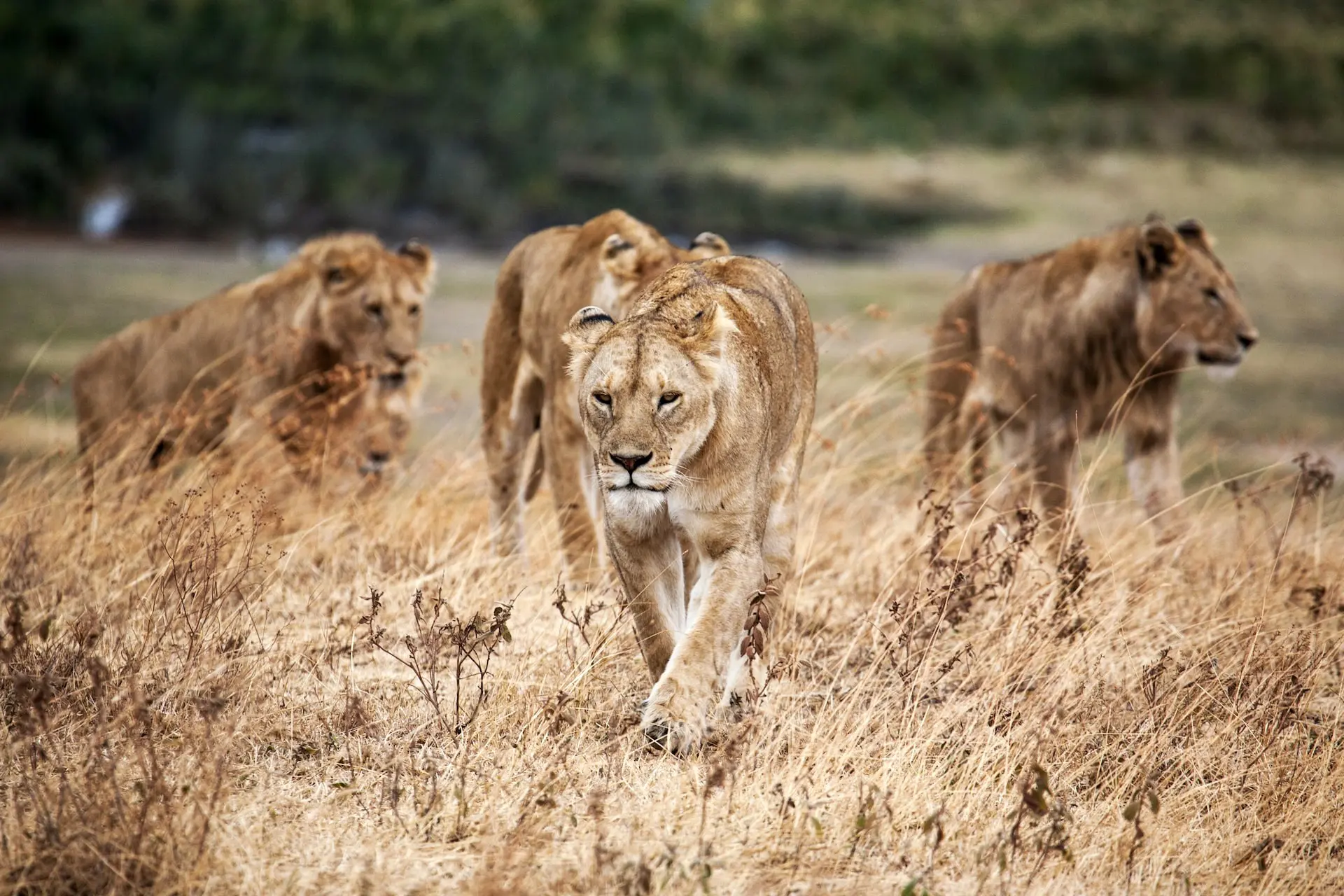
WHAT TO BRING WITH YOU FOR TANZANIA.
From the expansive plains of the Serengeti to the sandy beaches along its tropical coast in Zanzibar, Tanzania is a country of natural beauty. Pack accordingly since there are many climates in this country that holds so many experiences. Ensure your vaccinations are updated, and bring a first-aid kit with essentials such as antibiotics, anti-inflammatories, malaria tablets, and insect repellent.
Here is a comprehensive list of what to pack for your Tanzania adventure: What to Pack for East Africa
1. Clothing
- Light, breathable clothes for hot days.
- Long-sleeved shirts and pants to protect you from insects and sun.
- T-shirts and shorts for daytime activities if the weather is warm.
- A fleece or jacket in case the mornings and nights are cool.
- Comfortable hiking shoes or boots will be necessary for safaris.
- For casual wearing, sandals or flip-flops will do.
- Swimsuit-if your lodge has a pool or if you plan to spend some time at the beaches in Zanzibar.
2. Outdoor Equipment and Accessories
- Binoculars to enhance your wildlife experience.
- Camera with extra memory cards and spare batteries.
- Portable charger or power bank.
- Flashlight or headlamp for use in the evening or at night.
- Sunglasses-UV protection.
3. Safety and Health
- Anti-malaria tablets, insect repellent
- First-aid kit with a basic range of medications
- Sunscreen, high factor
- Wet wipes and hand sanitizer
- Personal toiletries
4. Documents and Other Essentials
- Valid passport, visa
- Photocopies of travel insurance, accommodation bookings
- Money belt or secure pouch, cash, and valuables
- Local currency, some for tipping, some for small purchases
- Daypack for day excursions
- Refillable water bottle
5. Optional Items
- Snacks for road journeys
- Lightweight rain poncho or waterproof jacket
- Travel pillow and earplugs
- Field guide, local flora and fauna.
- Travel adapter for charging devices.
Remarks on What to Pack for East Africa
The packing list might differ depending on the type of safari and also the time of year. It is always best to check with your tour operator or accommodation for specific recommendations. Keep in mind the space of the safari vehicles and try not to pack too much, which can help you minimize your environmental impact. Travel safely!
Whether you are heading for gorilla trekking in Uganda or Rwanda, the Great Migration adventure in Kenya, or cruising through Tanzania’s Serengeti, these packing tips will ensure that one is ready for the lifetime vacation. Soak up every moment of your East African safari!


